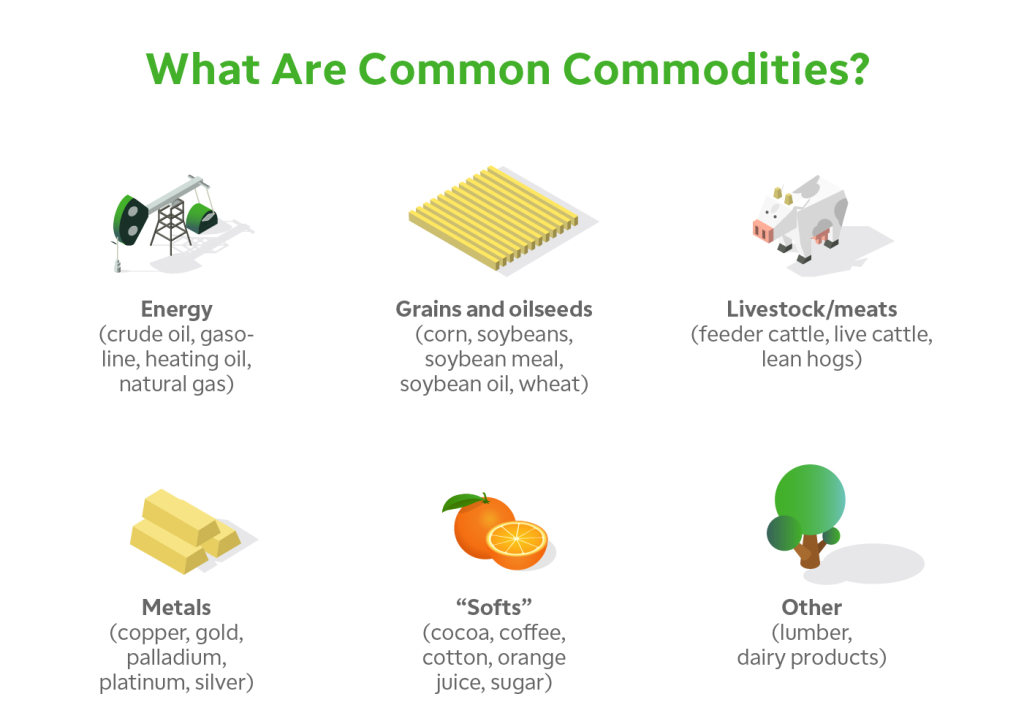What Is Commodity Trading? The Power of Commodities
What Is Commodity Trading: Unveiling the Art of the Market
Have you ever wondered what makes the wheels of the global economy turn? In the hustle and bustle of financial markets, there is a fascinating realm known as commodity trading. But what exactly is commodity trading? In this article, we’ll embark on a journey to demystify this captivating world and shed light on its inner workings.The Power of Commodities
Commodity trading is like the lifeblood of the economy, where goods and raw materials are bought and sold on various exchanges worldwide. It’s a captivating dance where traders, like skilled choreographers, navigate the twists and turns of the market.The Spectrum of Commodities
Commodities come in various forms, ranging from tangible products to intangible resources. On one end of the spectrum, we have hard commodities, such as metals like gold, silver, and copper, and energy resources like oil and natural gas. These tangible assets are often extracted from the Earth’s crust and play a vital role in industries and daily life. On the other end, we find soft commodities, which include agricultural products like wheat, corn, coffee, and even livestock. These goods are subject to the ebb and flow of natural forces, making them a unique and exciting trading opportunity.
